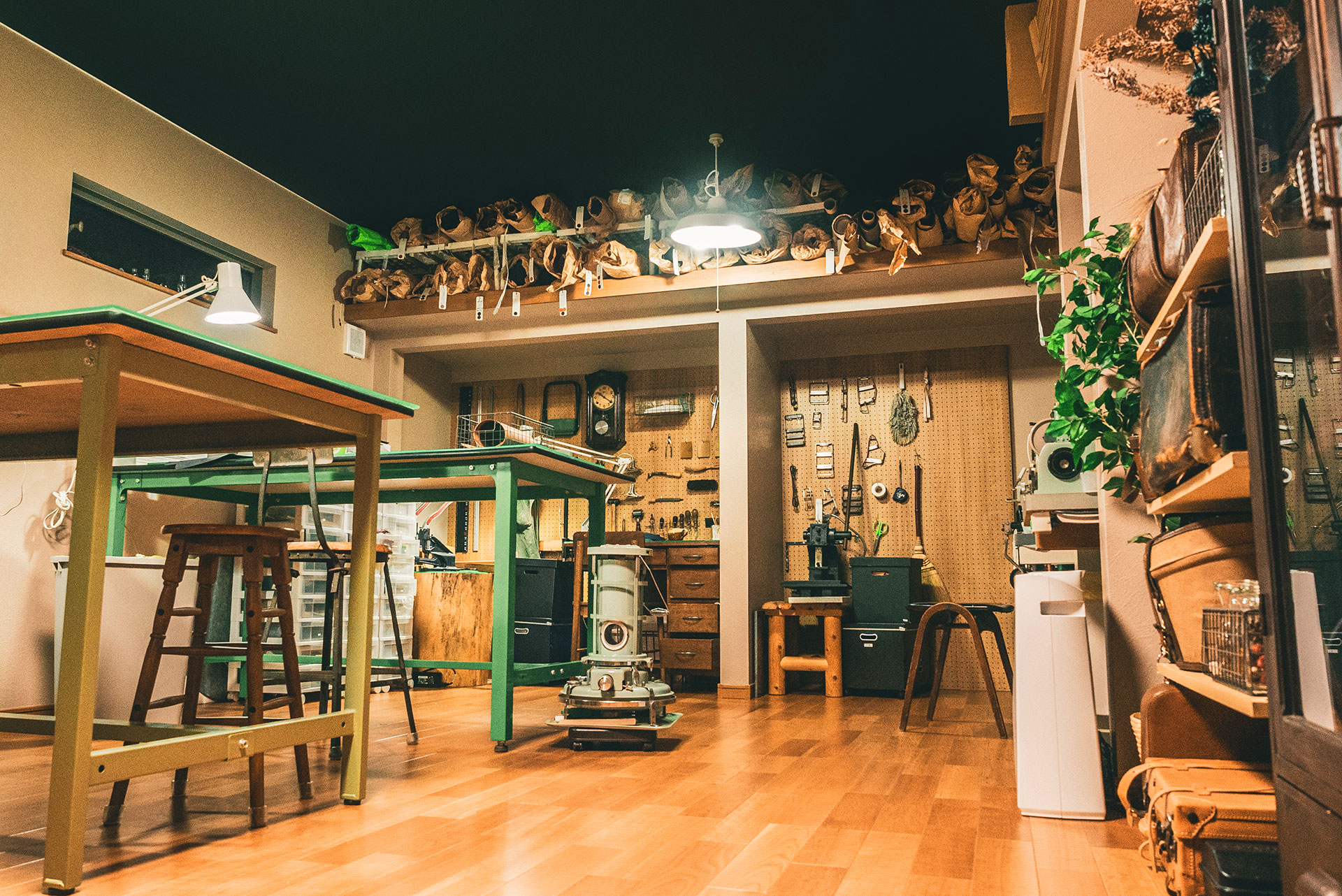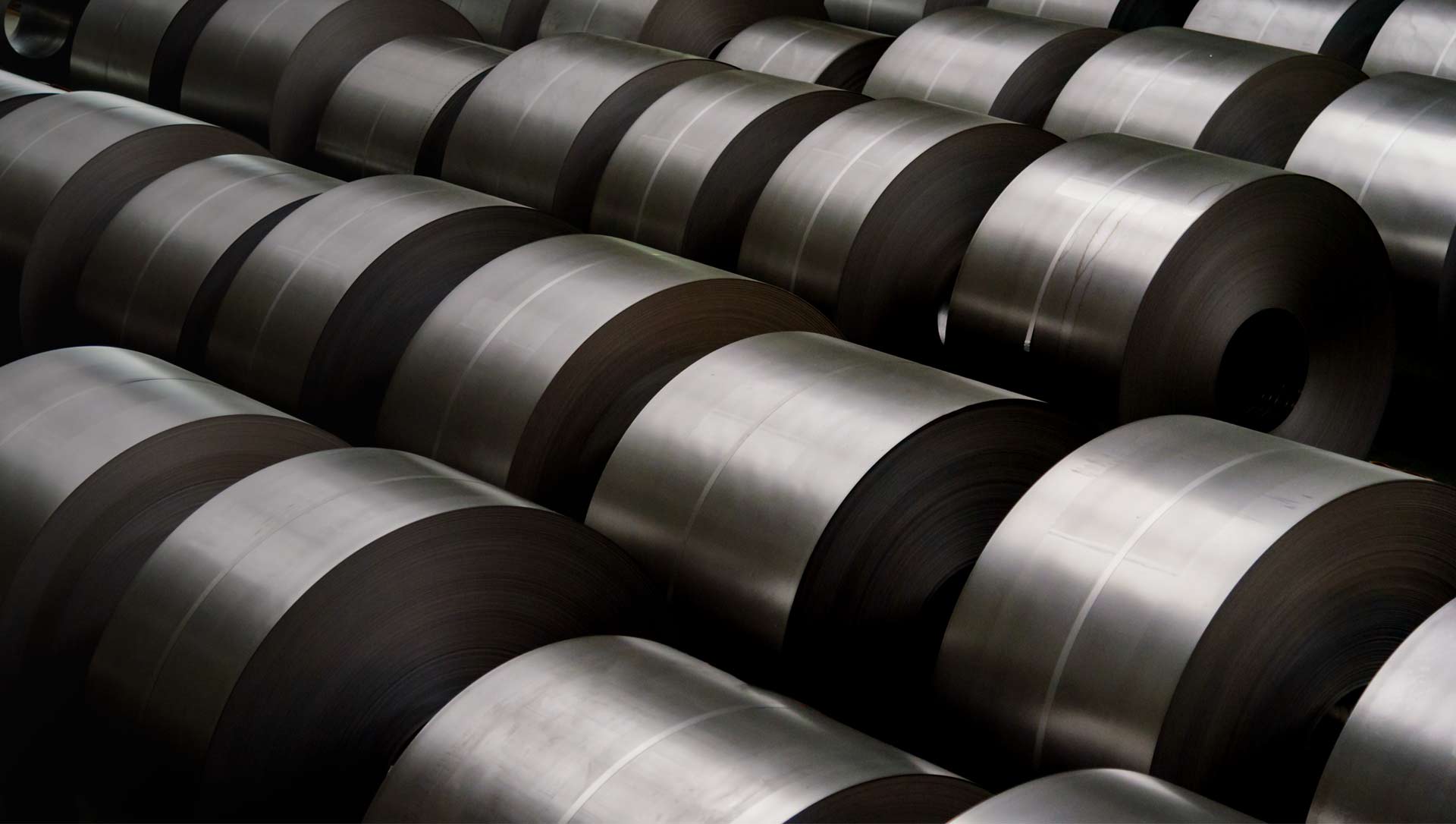
Toolmaking Is an Art — And Ours Is Still in Practice
Some people think tools just appear on shelves—stamped out, boxed up, and shipped across the world without a second thought. But anyone who’s ever truly worked with their hands knows better.
A real tool doesn’t come from a machine alone. It comes from care, repetition, and an eye for nuance. It’s not just about measurements and materials. It’s about instinct. About weight. About how it feels in your grip after hours at the bench.
That’s why toolmaking, true toolmaking, is still an art. And yes, it’s still being practiced.
Not Just Function. Form. Feeling.
A tool isn’t only about what it does, it’s about how it does it. You notice it in the balance of a mallet. In the way an awl fits snug between your fingers. In the silent satisfaction of a perfect punch that lands just right.
These things aren’t accidents. They’re the result of hundreds, sometimes thousands—of subtle decisions:
- Which steel is strong, but not brittle
- What angle allows for force without strain
- How to shape a handle that fits like it was made for you
A good tool disappears when you use it. A great one becomes part of you.
Craft, Passed Down One Hand at a Time
Toolmaking used to be personal—one generation showing the next not just how to make tools, but how to make them well. That knowledge didn’t live in textbooks. It lived in shops that smelled like oil and sawdust. It lived in habit. In touch.
And though much of the world has sped past that pace, it hasn’t disappeared everywhere.
There are still places where a hammer isn’t just cast, it’s checked, balanced, and tested by hand. Where shaping a blade is a process, not a setting on a machine. Where pride lives in the quiet details that most people will never see, but every craftsman will feel.
Why It Matters Now More Than Ever
We live in an age of speed. Fast shipping. Fast fixes. Fast everything. But when you’re building something that’s meant to last, you can feel when the tools were rushed.
Mass-produced tools might do the job. But artisan tools? They make the job better. They invite patience. They reward practice. They hold up when shortcuts don’t.
And when the work gets hard, or delicate, or unexpected, it’s those tools you reach for. The ones that were shaped with intention. The ones that remind you: real craftsmanship still exists. It’s not flashy. It’s not loud. But it’s still alive. And it’s still in practice.





